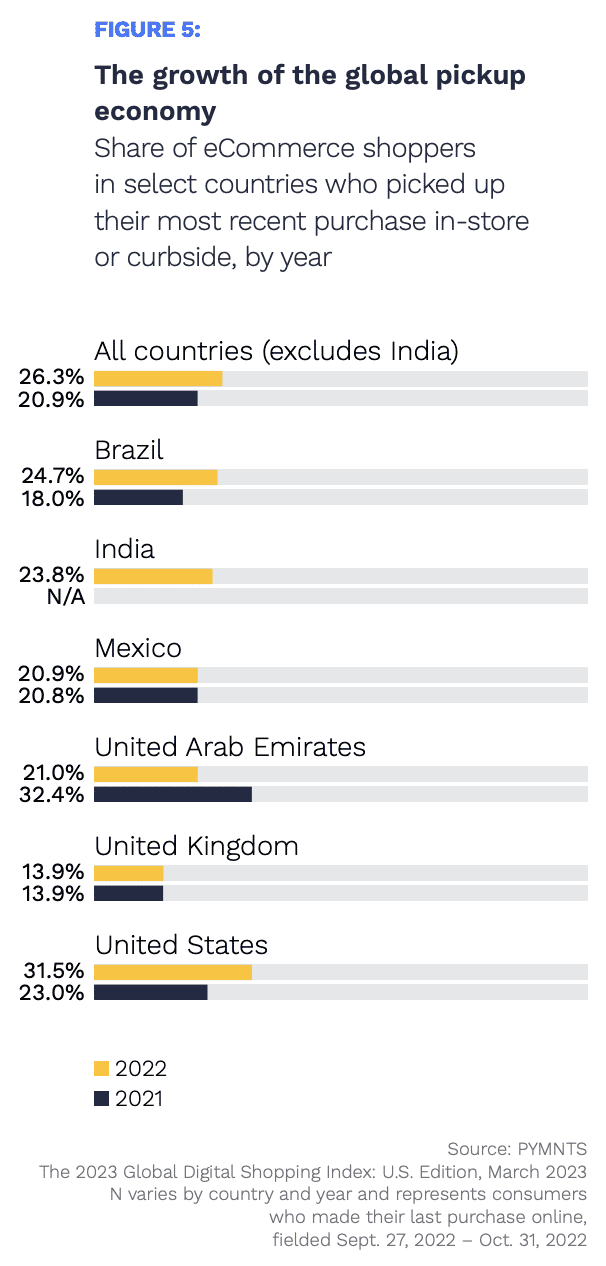
Curbside pickup is popular with U.S. consumers, and grocers are seizing on the sales opportunity.
United States grocers are doing everything in their power to expand curbside availability. For instance, at the end of last year, Ahold Delhaize subsidiary Food Lion, which has more than 1,100 stores across 10 Southeastern and mid-Atlantic states, announced that it is expanding its Food Lion to Go curbside pickup network to 25 more stores. Plus, mega-retailer Target has been expanding its curbside capabilities for years.

In fact, some grocers are emerging that depend entirely on the channel, leveraging a curbside-only model whereby consumers never enter the store. In an interview with PYMNTS, Alex Ruhter, CEO and co-founder of recently-opened curbside grocer JackBe, discussed the potential of the model to boost eGrocery loyalty.
“In the first month since we’ve opened, 50% — half — of the people that have come and tried our facility have come back for more than one order,” Ruhter said. “And when you look at that trend across other areas in the food delivery kind of grocery industry, I believe we’re trending higher than what would typically be the average in that area.”
U.S. consumers are 20% more likely than the global population to pick up their digital orders onsite. Research from PYMNTS’ study The 2023 Global Digital Shopping Index: U.S. Edition, which draws from census-balanced surveys across six countries (Brazil, India, Mexico, the United Arab Emirates, the United Kingdom and the United States) amounting to more than 13,000 participants, finds that 32% of eCommerce shoppers in the U.S. picked up their most recent purchase in-store or curbside. In contrast, only 26% of the total population surveyed said the same.
Moreover, adoption is on the rise. The year earlier, only 23% of U.S. consumers and 21% of the cross-country population reported picking up their most recent eCommerce purchase on-site.